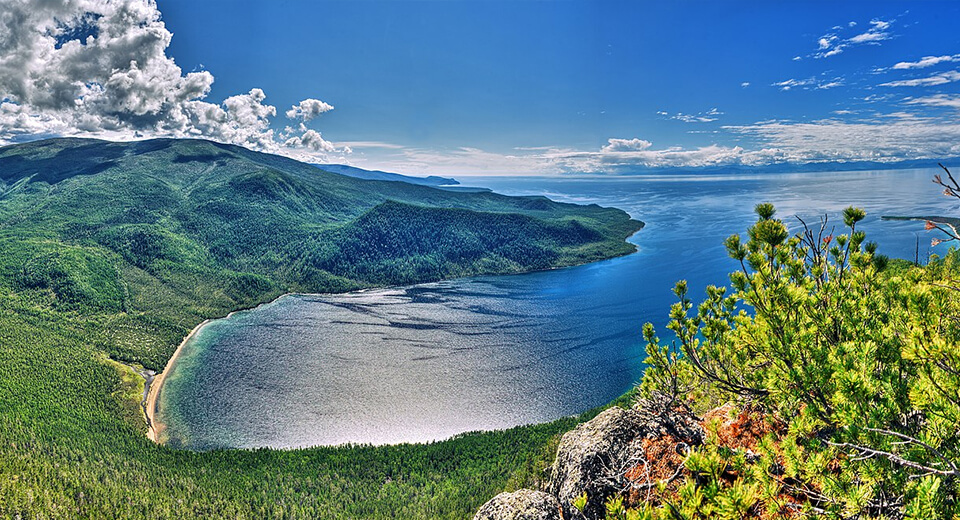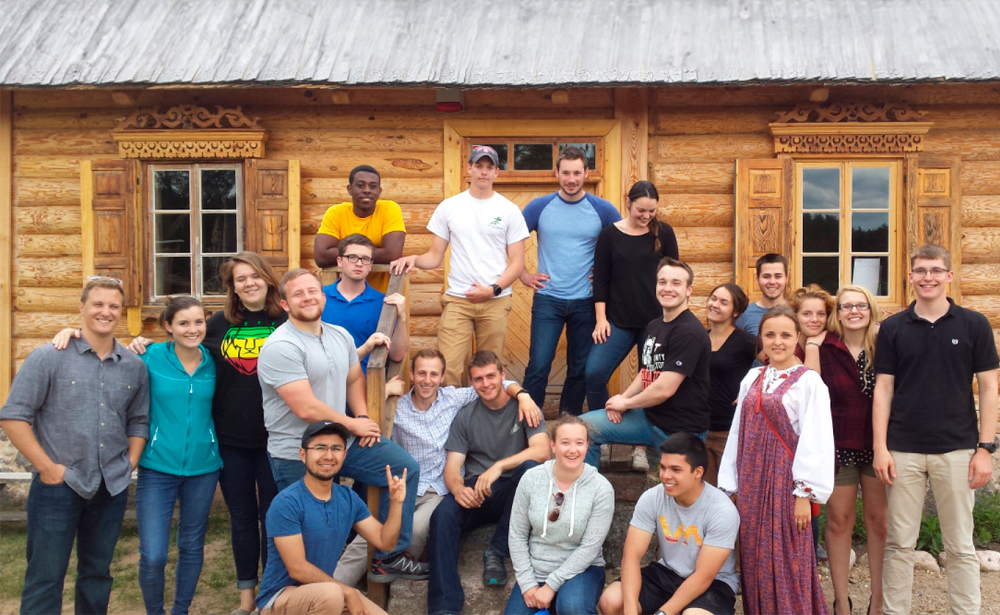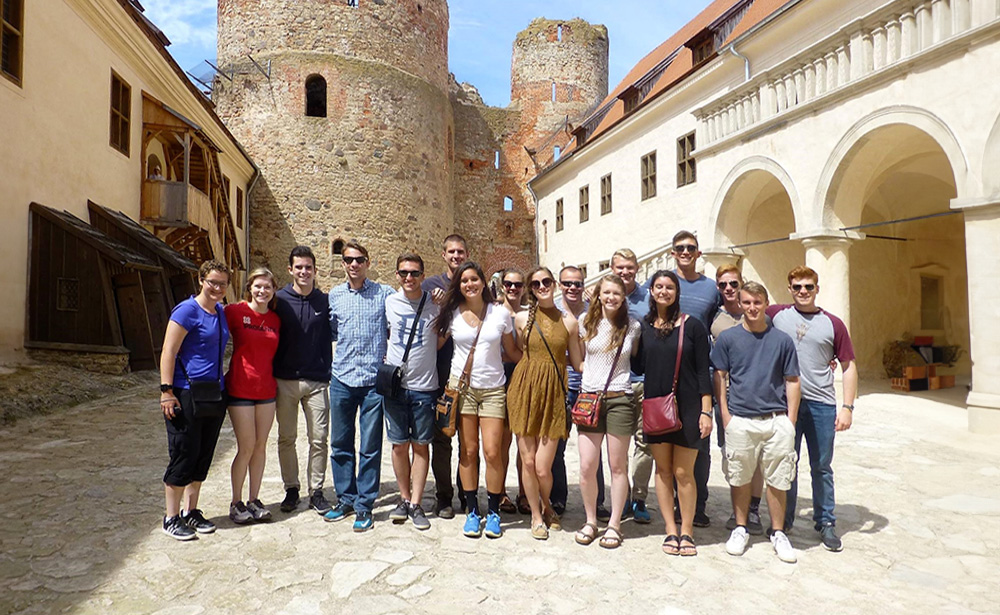The Biggest Lakes in Russia
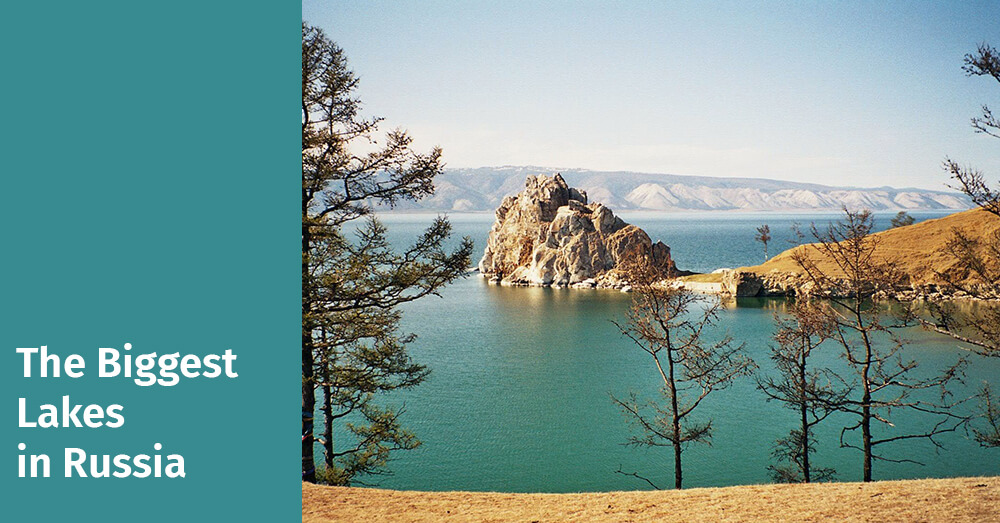
Each country in the world has its own natural landmarks. In Russia, there are a lot of natural attractions. In our previous articles we’ve told you about Russia’s largest cities and rivers. In our today’s article, we’re going to tell you about Russia’s biggest lakes.
Well, let’s begin!
The Caspian Sea
The Caspian Sea is the biggest lake in the world. Yes, it’s a lake. It’s called the sea because of its size: the size of the lake is more like the size of a sea. The area of the Caspian Sea is about 371, 000 square kilometers, and its maximum depth is 1,025 meters. The water in the lake is salty, although it has a lot of freshwater fish. The Caspian Sea washes the shores of 5 countries: Russia, Kazakhstan, Iran, Azerbaijan, and Turkmenistan.
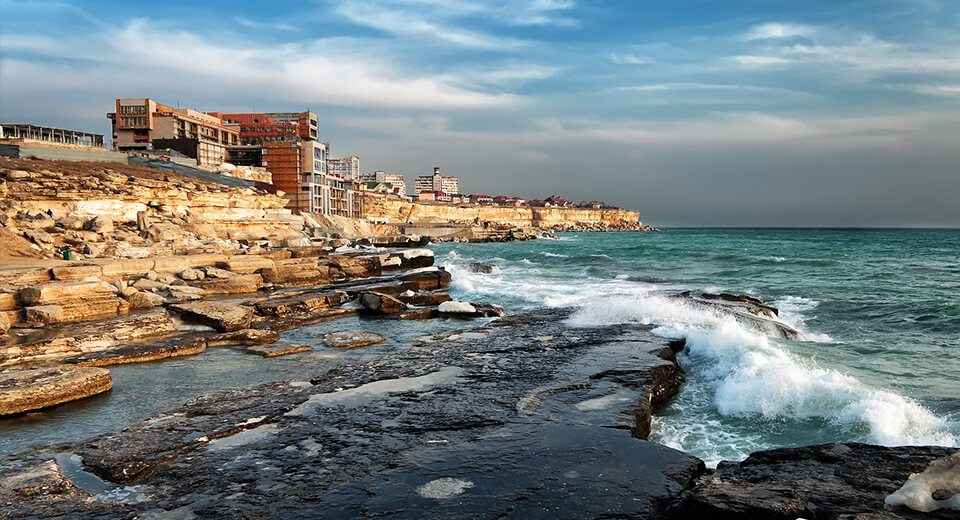
Lake Baikal
Lake Baikal is the second largest lake in Russia which is located in eastern Siberia. The area of Baikal is 31, 000 square kilometers, and it’s 1,640 meters deep. Baikal can be called the deepest lake in the world. the water of the lake is unusually clear and transparent. In ancient times, it was believed that the water from the lake had healing qualities.
Lake Ladoga
Lake Ladoga is the biggest freshwater lake in Russia and in Europe. Its area is about 17, 600 square kilometers, ant it’s 230 meters deep. The Neva River begins in Lake Ladoga. 35 other rivers flow into the lake. There are 60 species of fish in the lake, half of which is of commercial value.
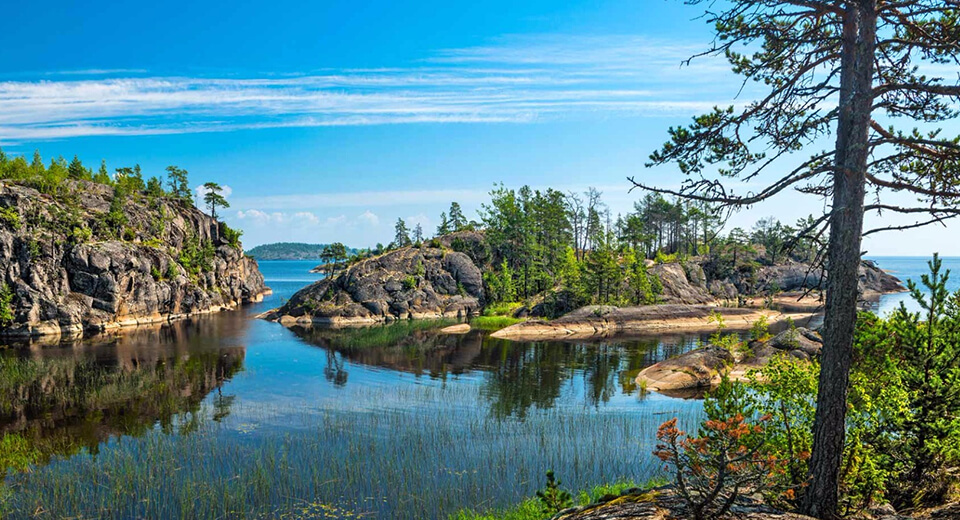
Lake Onega
Lake Onega is the fourth biggest lake in Russia. It’s located on the territory of Karelia, Vologda and Leningrad regions. In addition, lake Onega belongs to the Baltic sea basin. The area of the lake is 9,700 square kilometers, and it’s 127 meters deep.
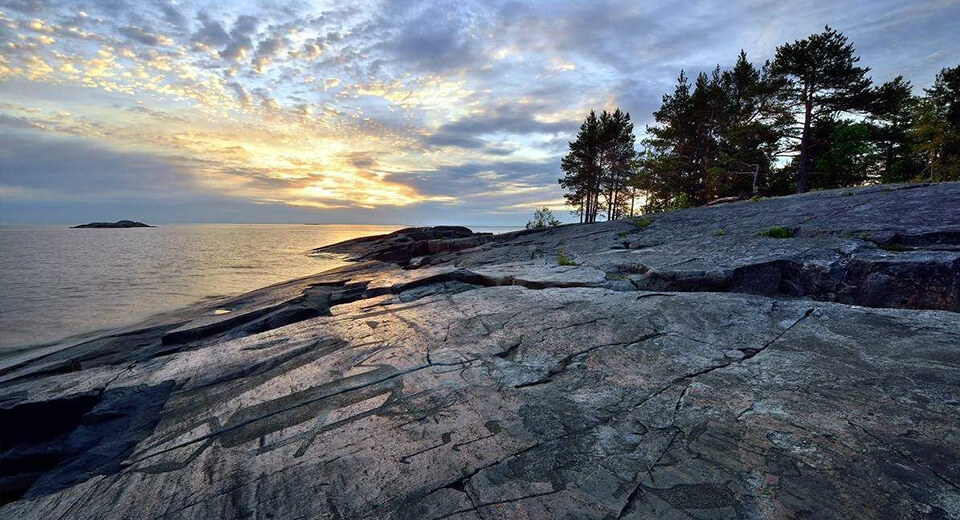
Lake Taimyr
Taimyr is a lake in Russia which is located in Krasnoyarsk Region. Taimyr is the most northerly lake in Russia. Its area is 4,560 square kilometers, and its maximum depth is 26 meters. Since Taimyr is located beyond the Arctic circle, its climate is quite harsh. The lake is home to Arctic fish which are not found in other lakes.
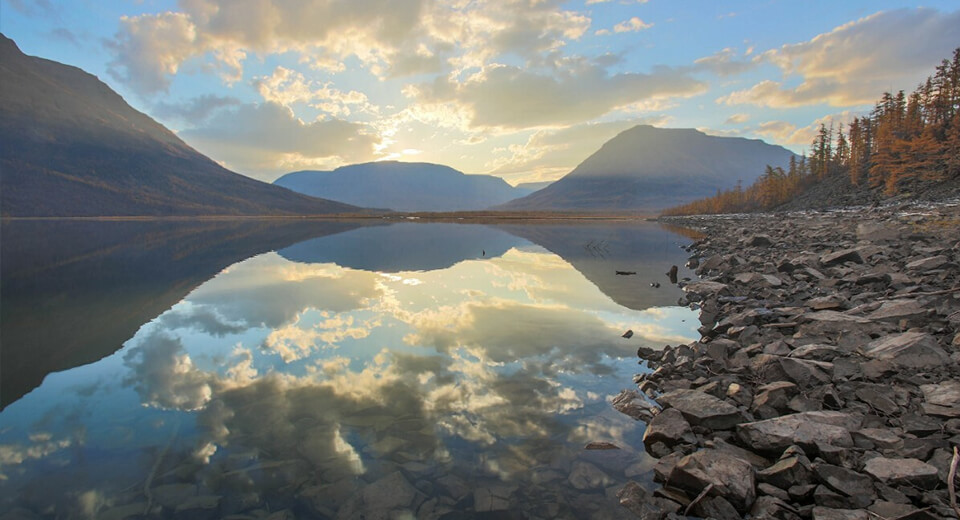
That’s all about the 5 biggest lakes in Russia. We hope you’ve liked the article. Have you ever visited one of these lakes? Leave your impressions in the comment section.
You may be interested
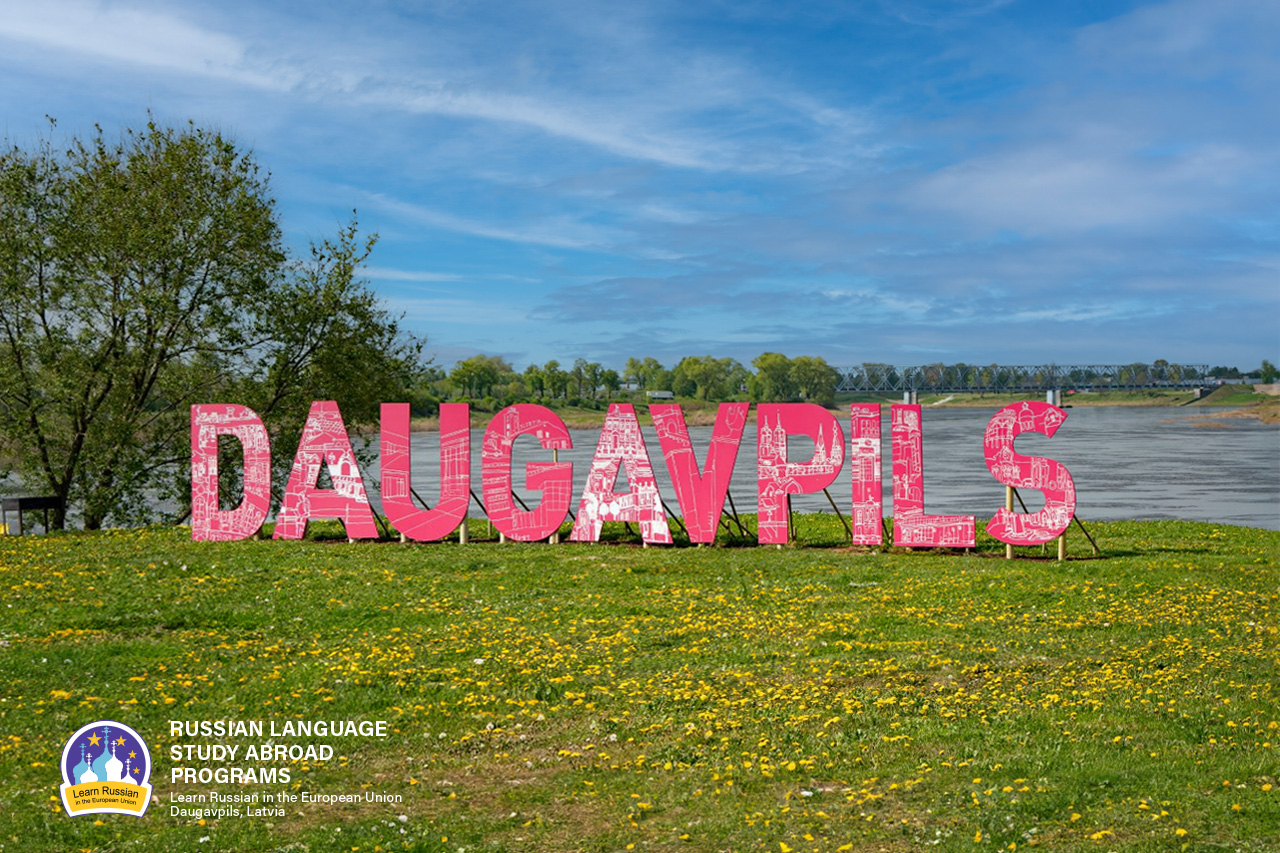
Why do people speak Russian in Daugavpils?
As it seems to us, Daugavpils is the best place to learn Russian now, because our city is situated in the EU and NATO, but at the same time 90% of the city’s population speak Russian at home.
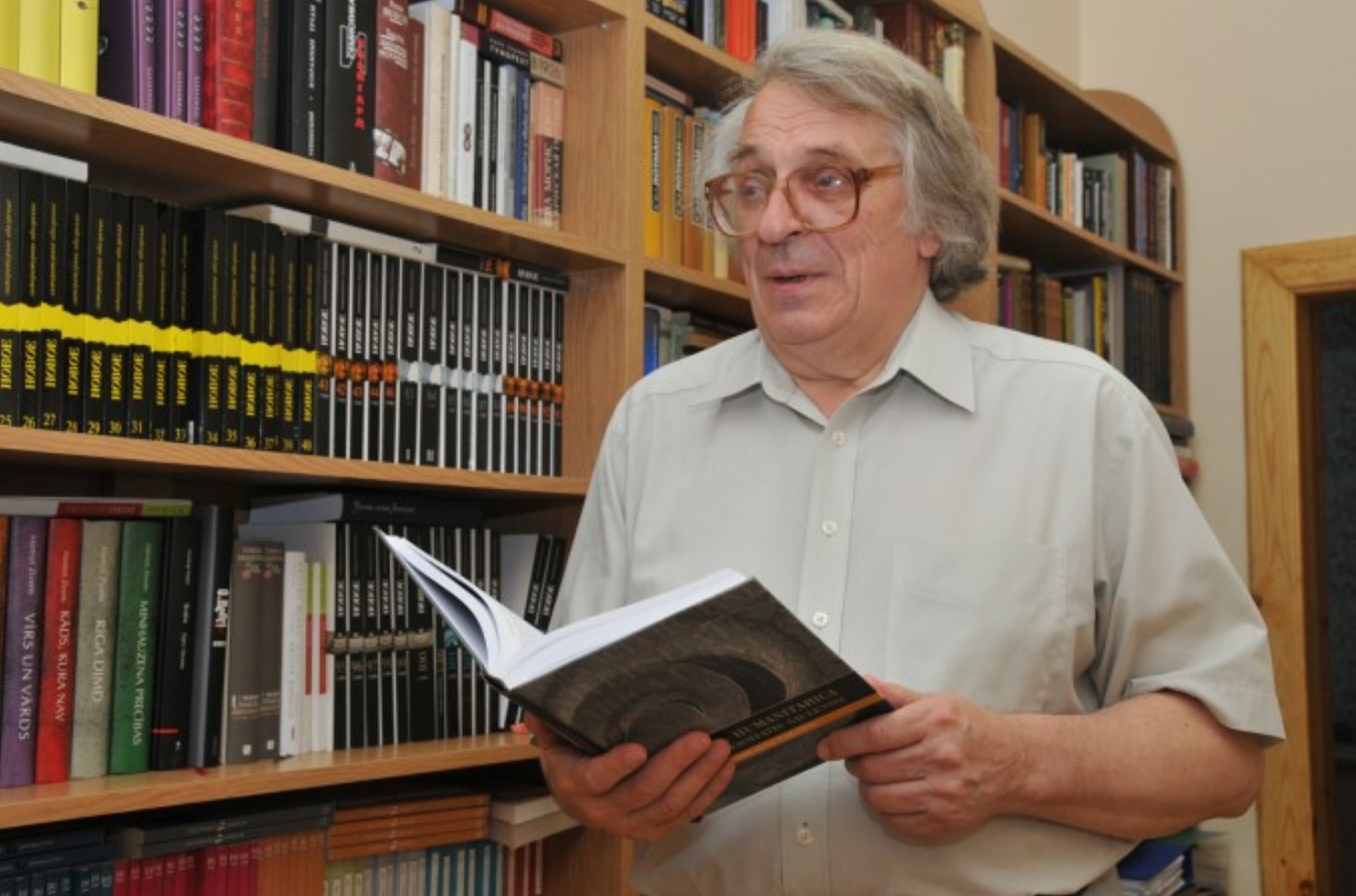
ЭТЮД О ДВИНСКЕ
Etude on Dvinsk by F.Fedorov
The Baltic region is one of the most catastrophe prone regions of the 2nd millennium, especially its second part; it is the centre of attraction of ‘geopolitical’ interests of the European world. Probably the most tragic fate has befallen to the eastern part of the present Latvia and its multi-titled town of Dinaburg – Dvinsk – Daugavpils. During its 730 years long history, the town went through five rather autonomous periods of development, five different lives (German, Polish, Russian, Latvian, Soviet), and at the beginning of the 1990s it entered into the 6th period.
The history of Dinaburg – Dvinsk – Daugavpils is the history of five attempts by the town to begin its life anew; and this is determined not only by the fact that the town was four times burned down and had to start life from scratch, but first and foremost because each of these periods was characterized by a total change of ethnos and the socio-cultural field.
The present article deals with the cultural space of the town in one of the most efficient periods of its development – from the 1860s till World War I.




